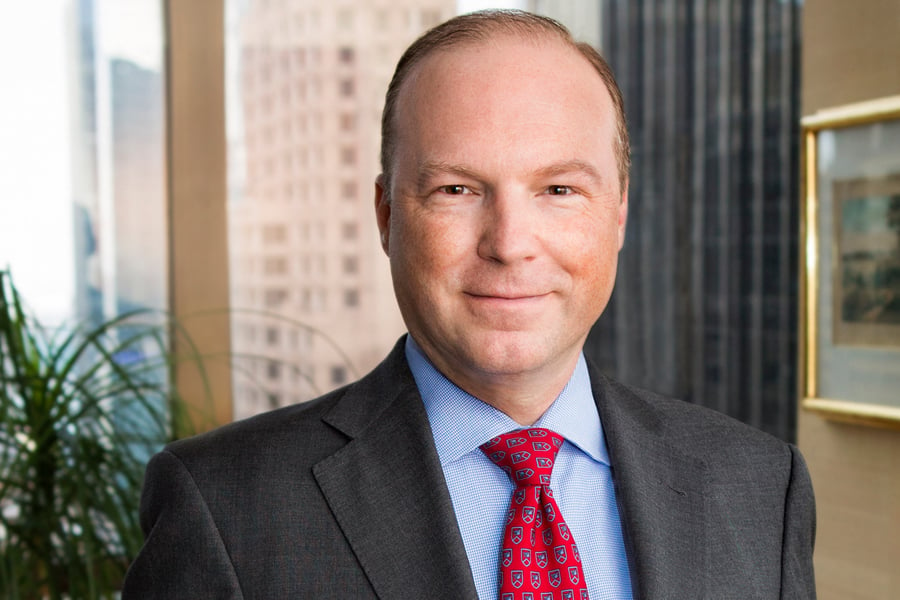Silvercrest Asset Management Group is a multi-family-office advisory firm that credits client referrals for much of its growth to $21.3 billion.
Founded in 2002, the New York-based advisory firm has clients in 47 states.
Richard Hough III, who joined the firm in 2003 and worked his way up to become chairman and CEO five years ago, believes it takes a unique kind of competitiveness to succeed in the Northeast.
Crowded market
"It's an incredibly difficult business, with low barriers to entry," he said. "I can throw a rock out of my office and hit 30 competitors."
(More: Where in the U.S. are RIAs growing the fastest?)
Even though the firm was started by bringing on veterans from Credit Suisse and the former investment bank Donaldson, Lufkin & Jenrette, Silvercrest takes pride in the growth it has experienced while "starting from zero," according to Mr. Hough.
"We had people with reputations for building family wealth, and the respect and trust of some very early clients," he said. "From that you need good relationships and you have to execute, because it's a referral business based on trust."
While much of the financial planning industry has jumped on the bandwagon of growth through acquisitions, Silvercrest has stayed relatively quiet, doing an acquisition about once every three years.
(More: Midwestern magic? RIA assets soared nearly 30% there last year)
Mr. Hough oversaw an initial public stock offering in 2013, a move the firm undertook not to help fund acquisitions, but to bolster independence.
"Most of our growth has been organic," he said. "We don't have a rollup strategy because we want to build a cohesive, entrepreneurial flat culture. If we do an acquisition it's not for assets under management, it's for strategic capabilities."
Becoming a publicly traded company, which is rare in the RIA space, has helped to increase both the stature and transparency of Silvercrest, according to Mr. Hough.
"The motivation behind going public was for the firm to retain its independence and to provide a path for liquidity for the partners," he said. "As far as running the business as a public company, I have had private equity owners before and I've had partners; public shareholders are no different."







